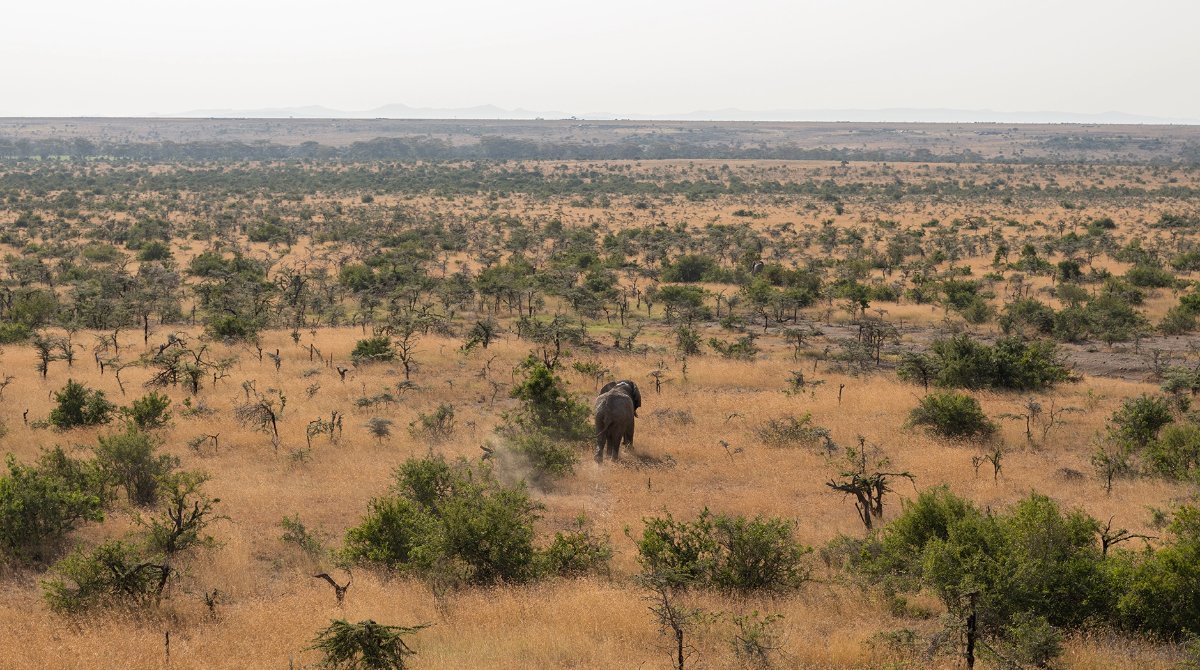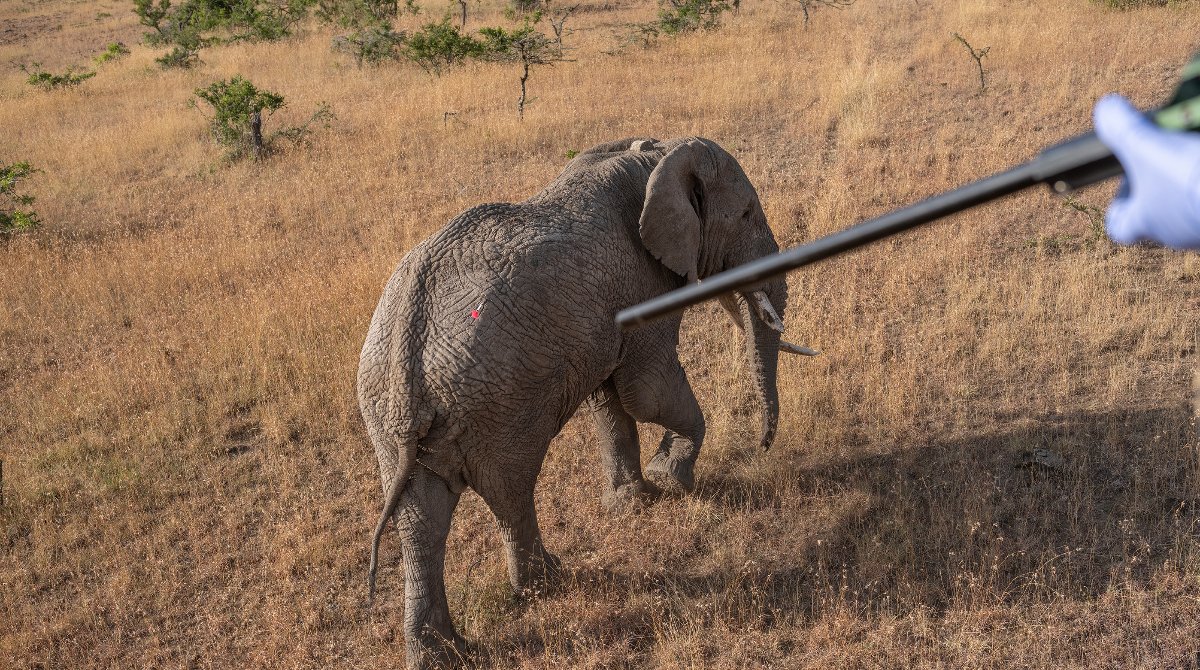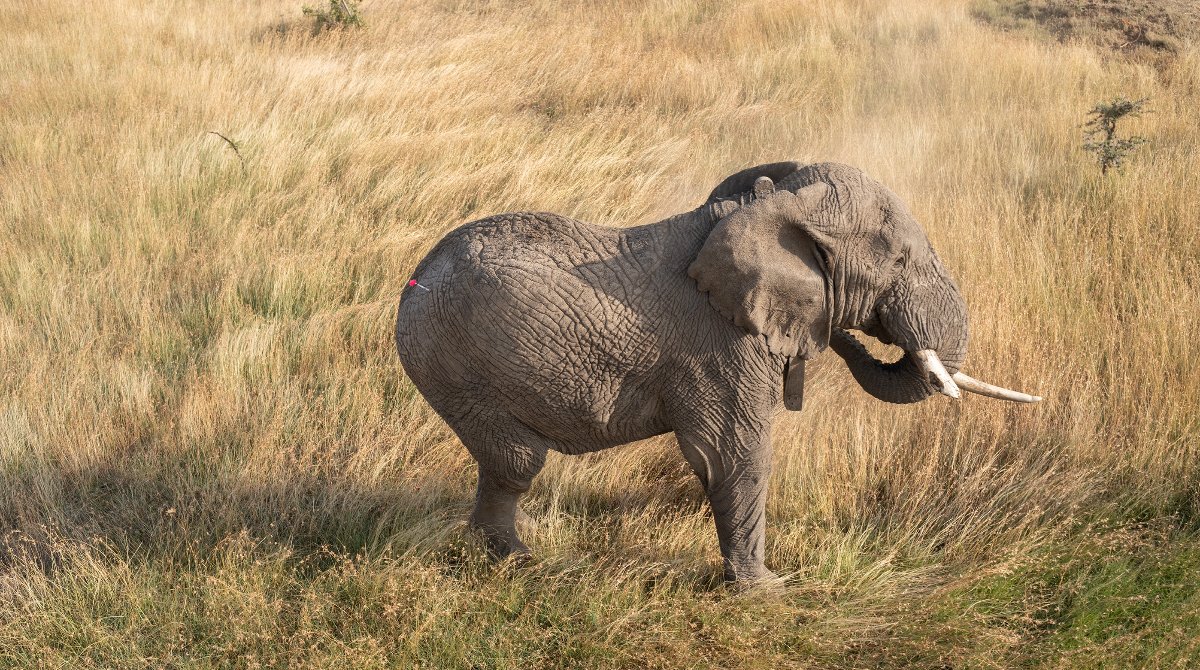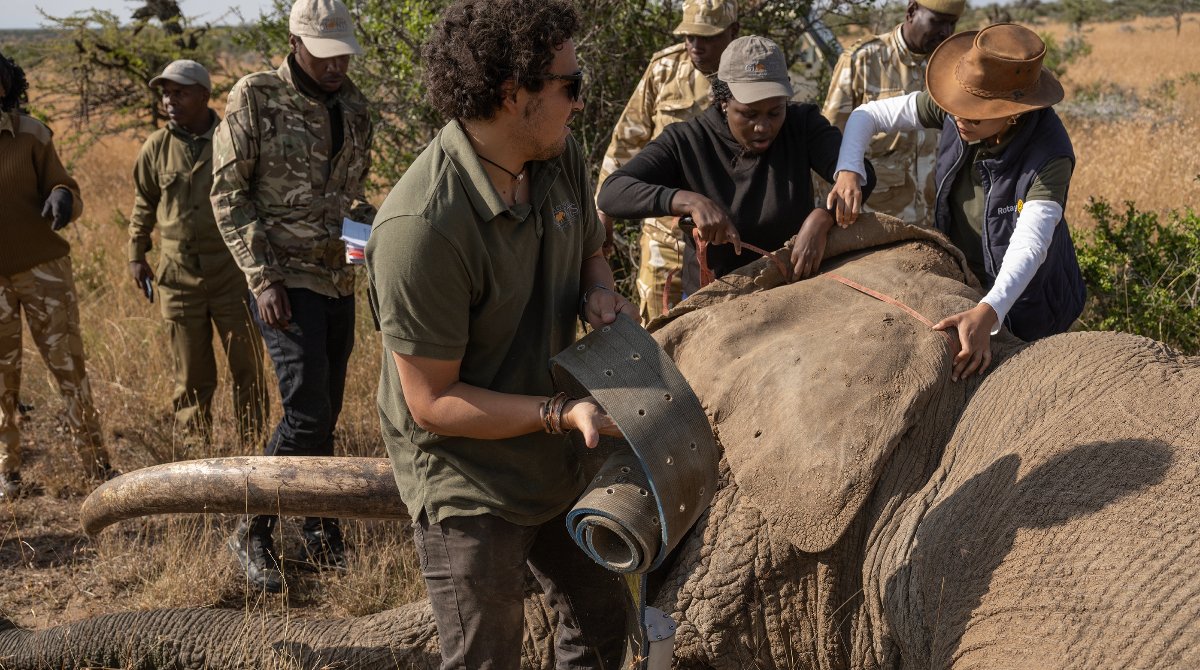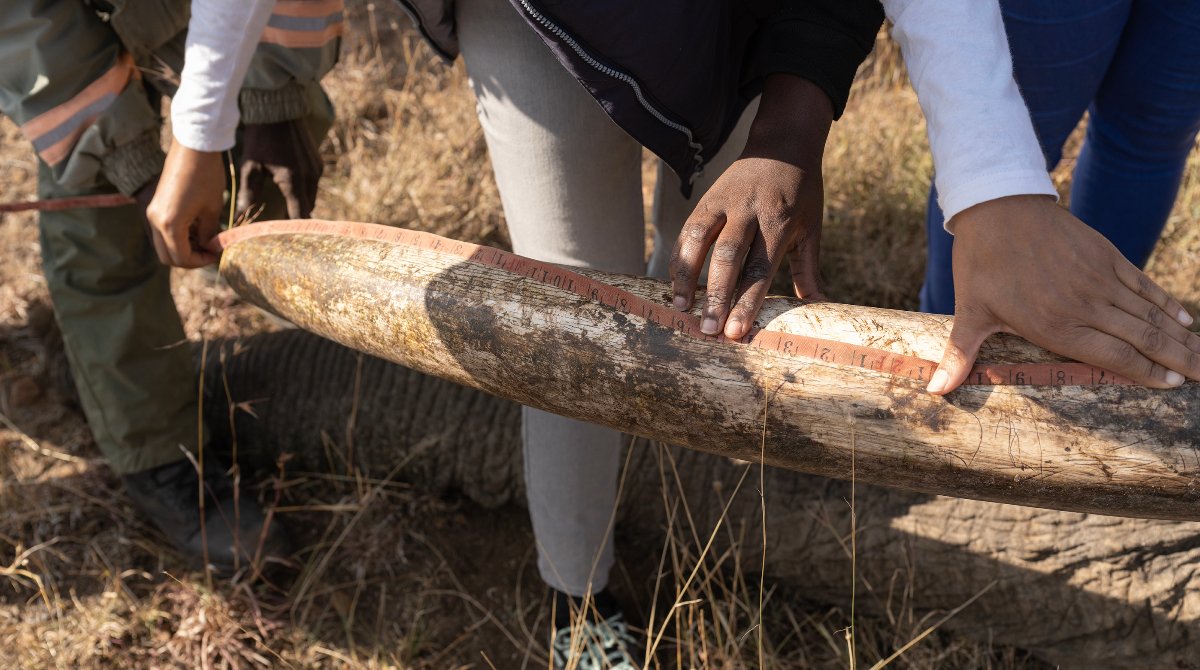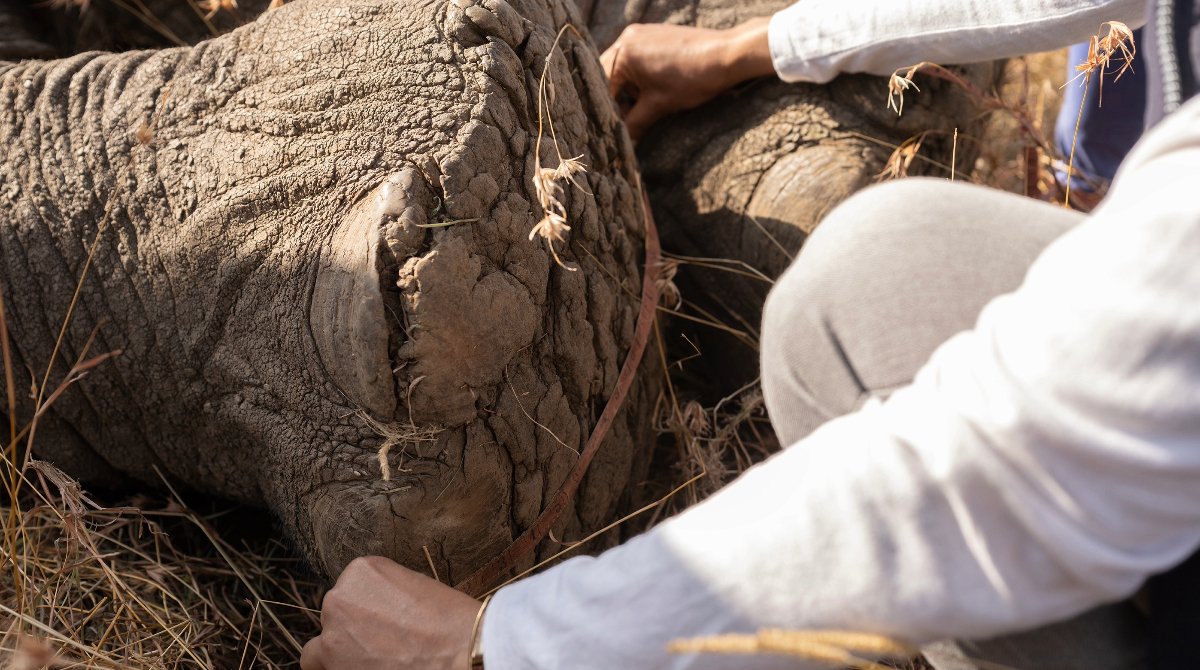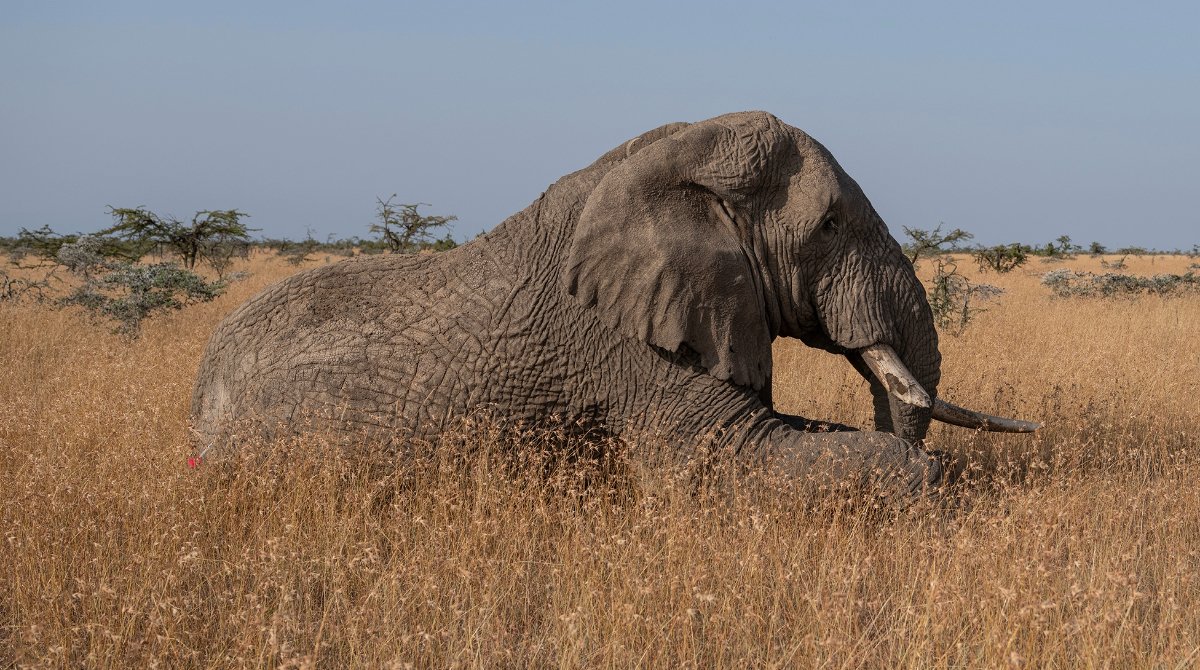Successful Elephant Re-Collaring Concluded in Laikipia
The Laikipia landscape in northern Kenya is home to approximately 50% of Kenya’s second-largest elephant population. It is in this region that Space for Giants pioneered its work to understand how elephants use space in increasingly human-dominated landscapes. Part of this work involved collaring elephants, using Geographic Information System (GIS) to map thousands of elephant positions and collecting human-elephant conflict data to understand patterns. All of this was done in an effort to find solutions that would promote coexistence with humans in northern Kenya.
Wherever humans and wildlife share boundaries, conflict is inevitable. In many parts of Africa, human-elephant conflict is now the leading cause of elephant mortality. This is especially true of Laikipia. Addressing human-elephant conflict (HEC) is undeniably complex, with no silver bullets.
Space for Giants and its partners are compelled to innovate and adapt in search of lasting solutions. Our primary focus has been on electric fences, an approach suitable for the hard boundaries that we see. However, fences are not a panacea. Elephants are intelligent and determined creatures, and while well-designed and maintained electric fences do well to deter risk-taking bull elephants, these individuals still challenge fences on a daily basis. Laikipia is thus a region where we are seeing a rapid evolution in elephant fence interactions.
Space for Giants has deployed satellite collars on known crop-raiding and fence-breaking bull elephants to better understand how elephants learn to overcome electric fences. The data has shown that elephants target weaknesses in fence alignments such as gates and river crossings. When these collared individuals manage to break through a fence, the data helps to inform a dedicated human-elephant conflict unit (a private, public partnership between the KWS and Space for Giants) that operates nightly to chase elephants away from local people’s farms. Space for Giants scouts periodically monitor the bulls to ensure they are healthy and can inform the wildlife authorities vets in case any have been injured during a crop-raiding event.
On 29th July 2023, the Kenya Wildlife Service and Space for Giants conducted a successful re-collaring exercise to replace the collars on four bull elephants whose batteries were running low. This is a routine exercise that takes place every two or three years under the supervision of the Kenya Wildlife Service veterinary department.
The elephants re-collared have been part of a Space for Giants monitoring programme that identifies crop-raiding and fence-breaking elephants. The operation was a success, and elephants Tembea, Jikaze, Popote and Naledi, are all reported to be doing well. Space for Giants and its partners will continue to use collaring, amongst many other strategies, to promote coexistence with farmers in one of Kenya’s most spectacular and important conservation areas.
Photo credit: David Chancellor

